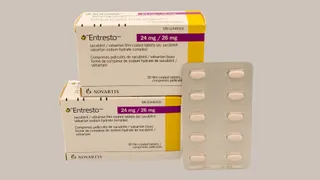
A clearer picture for SPCs?
On October 6, the Court of Justice of the European Union (CJEU) delivered its judgment in case C-471/14. It clarified that the term of a supplementary protection certificate (SPC) is determined with reference to the date on which a marketing authorisation is notified to that applicant. This means that in many cases SPC owners that do not already benefit from the maximum five-year term will get some additional term for their products, although it remains to be seen how and to what extent the judgment will be implemented from a practical point of view by the various national patent offices. The judgment may also have implications for aspects of SPC law other than the SPC term, on which the CJEU did not provide any guidance.
Already registered?
Login to your account
If you don't have a login or your access has expired, you will need to purchase a subscription to gain access to this article, including all our online content.
For more information on individual annual subscriptions for full paid access and corporate subscription options please contact us.
To request a FREE 2-week trial subscription, please signup.
NOTE - this can take up to 48hrs to be approved.
For multi-user price options, or to check if your company has an existing subscription that we can add you to for FREE, please email Adrian Tapping at atapping@newtonmedia.co.uk

